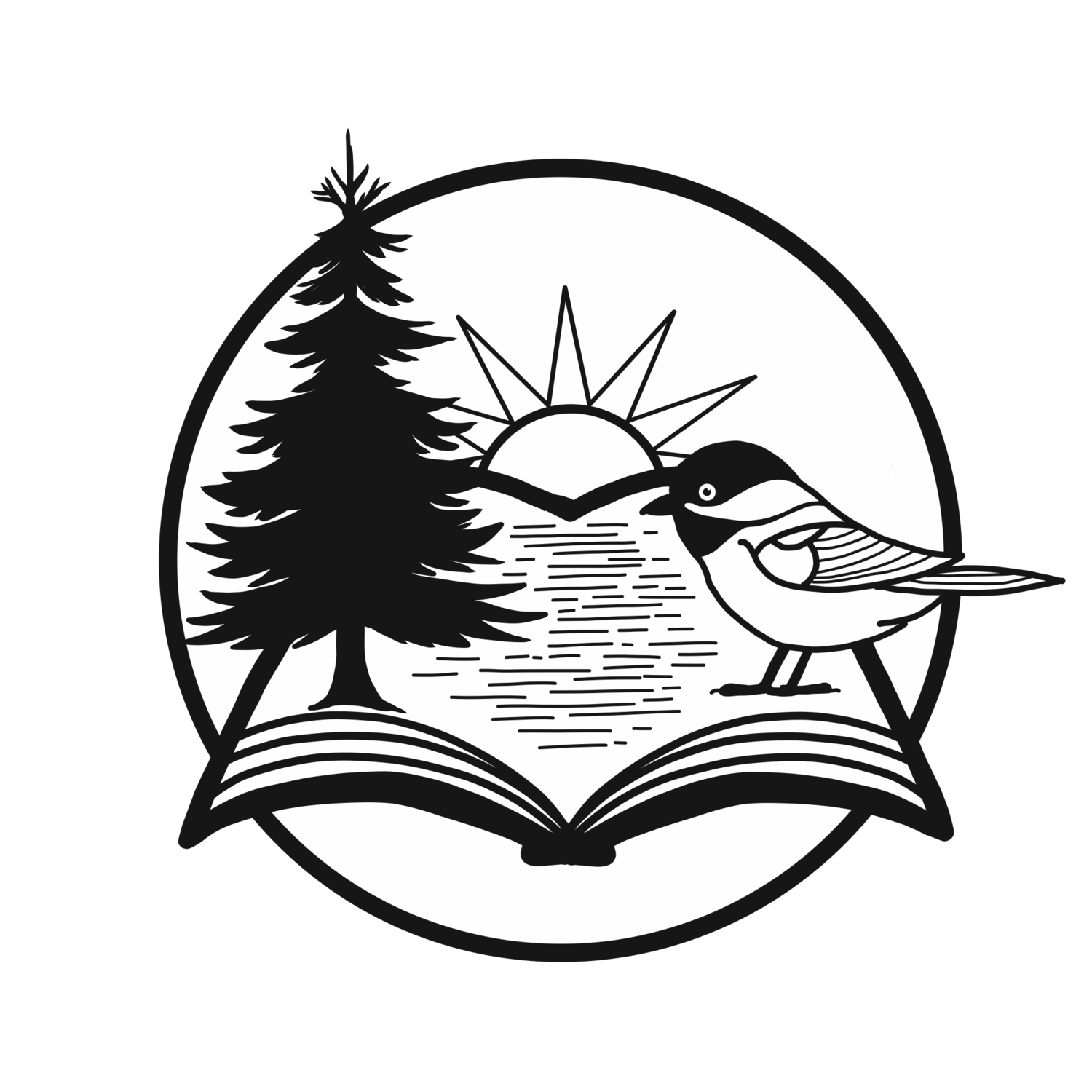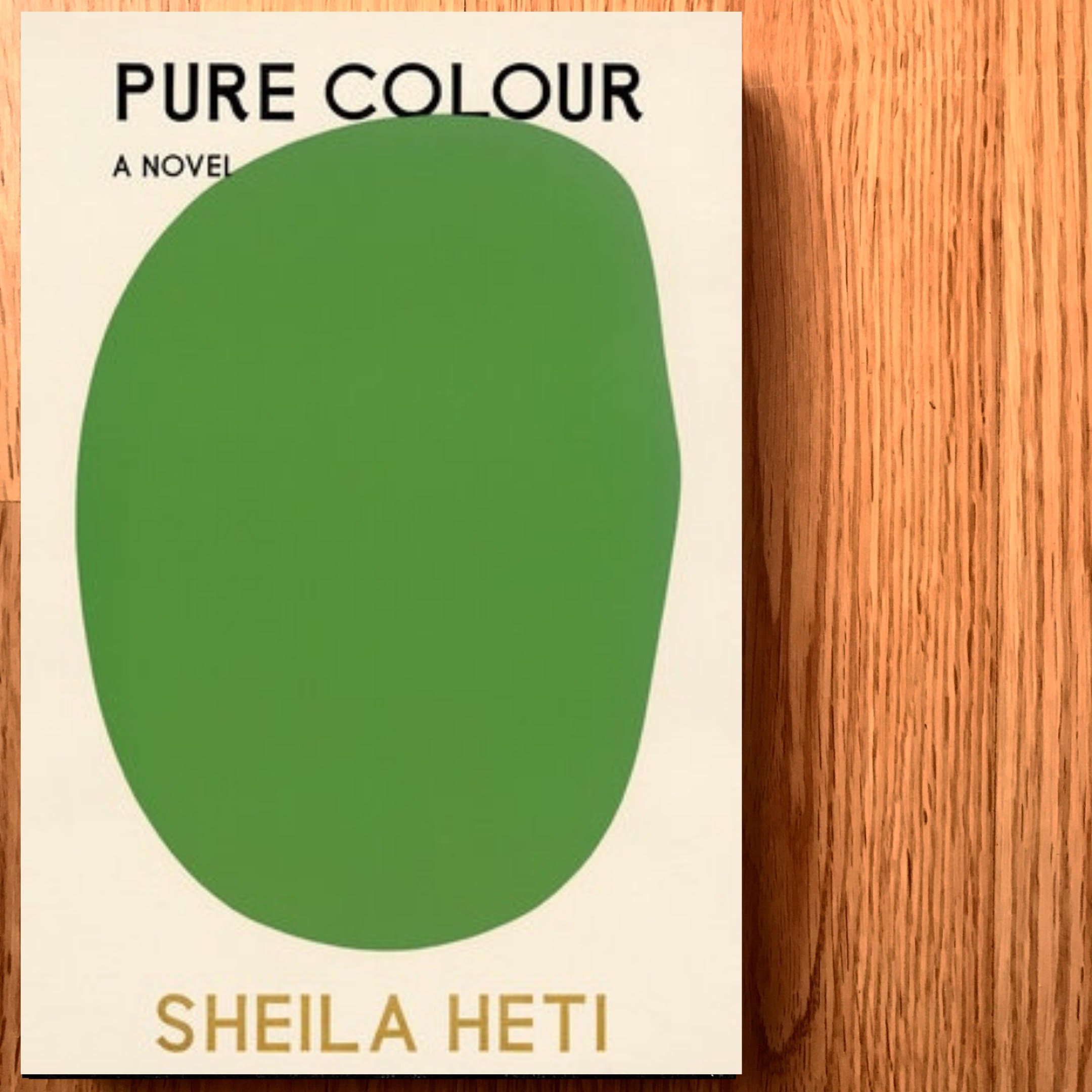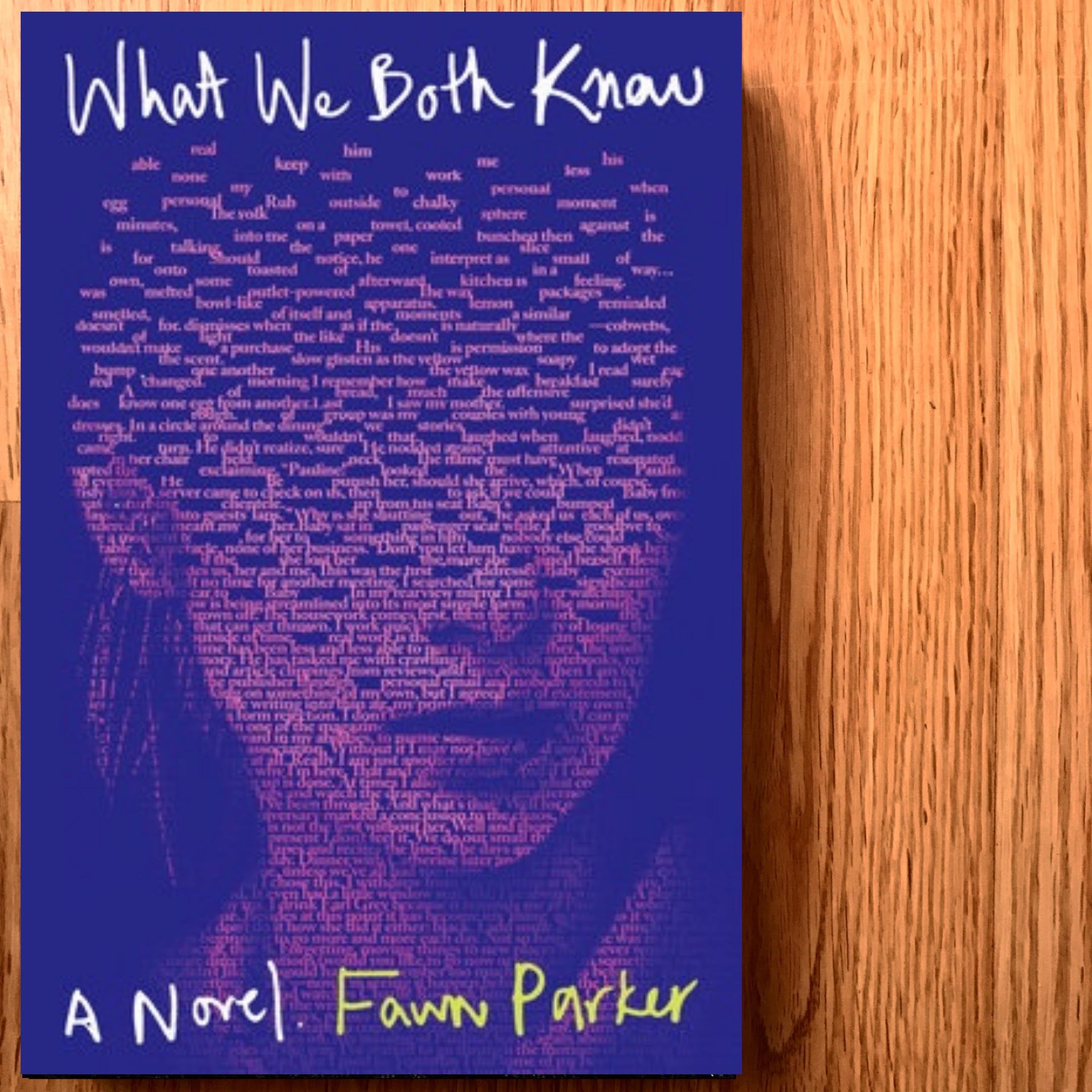By Shantell Powell
Content warning: death
Neil Gaiman is a writer who has reached superstar status. His author talks and signings sell out weeks in advance. His first major claim to fame was The Sandman, an award-winning comic book series extending off and on from 1989–2015. The Sandman was one of the first graphic novels to ever grace the New York Times bestseller list and won many awards, including the Hugo, the World Fantasy Award, the Bram Stoker Award, the British Fantasy Award, and a whole boatload of Eisner Awards. The series features the family of beings known as the Endless: Dream, Destruction, Destiny, Despair, Desire, Delirium, and Death. Death first appears in The Sandman No. 8 (August 1989).
Death: The Deluxe Edition is a collection of each of Death’s major appearances from The Sandman as well as from the Death miniseries and one-offs. In case you are unfamiliar with the character, Death is no cloaked grim reaper carrying a scythe. No, this version of Death is a perky goth girl with cat’s eye makeup and teased-up black hair, typically dressed in a black tank top and jeans while sporting a big ankh. I was a goth chick in the 1990s, and she was my style icon.
The stories offer a microcosm of late 20th century counterculture. Goths and punks abound, and the stories feature a diverse cast of characters from a wide variety of intersectional backgrounds. Decades later, the stories still hold up, although some of the earliest illustration work is pretty raw and unpolished. It begins with a foreword by Tori Amos, friend to Neil Gaiman and the inspiration for the Delirium character.
My favourite stories are from Death: The High Cost of Living, illustrated masterfully by Chris Bachalo. The collection includes an extensive Death gallery painted/illustrated by a who’s who list of artists: Michael Zulli, Dave McKean, Rebecca Guay, Moebius, Bryan Talbot, Gahan Wilson, Michael Wm. Kaluta, Jill Thompson, Clive Barker, Charles Vess, and more. The book ends with a one-off on AIDS, where Death, aided by John Constantine from the Hellblazer comic book series, explains safe sex and demonstrates how to use a condom.
Although the colour quality is superb throughout the book, I am disappointed with the layout and the thinness of the paper. On pages with a lot of white space, the material from the reverse side is visible. On dark or busy pages, this is not so much of an issue. My main complaint is with the layout: not enough white space goes around the comic cells, which means that in order to see the art and read the text, I must open the book so wide I’m afraid I’ll crack its spine. Because of this and the thinness of the paper, I don’t think the book will survive a lot of readings. That being said, the book itself is gorgeous, with a full-colour glossy dust jacket and an equally beautiful wraparound design on the book cover.
With Audible’s recent full-cast audiobooks of The Sandman and the forthcoming The Sandman Netflix series, I expect the comic book series and its spin-offs (including Death: The Deluxe Edition) will be flying off the shelves.
Thank you, DC Comics, for the complimentary copy in exchange for an honest review.





















